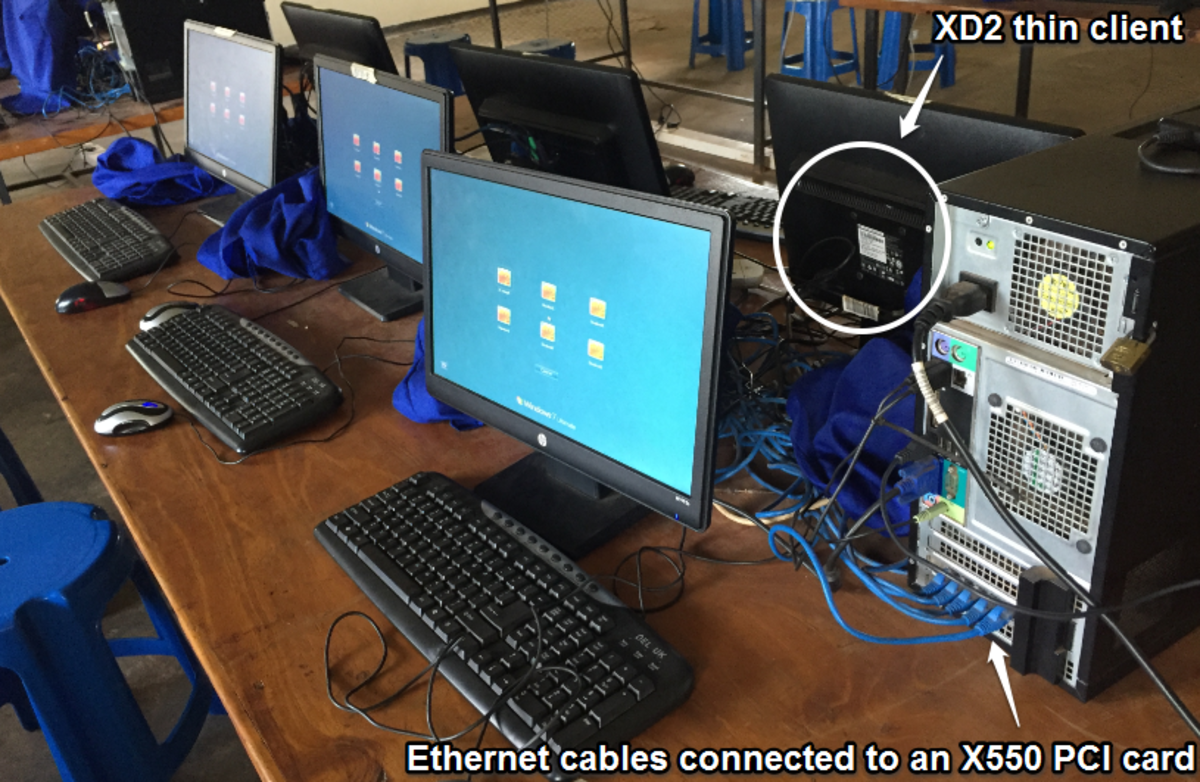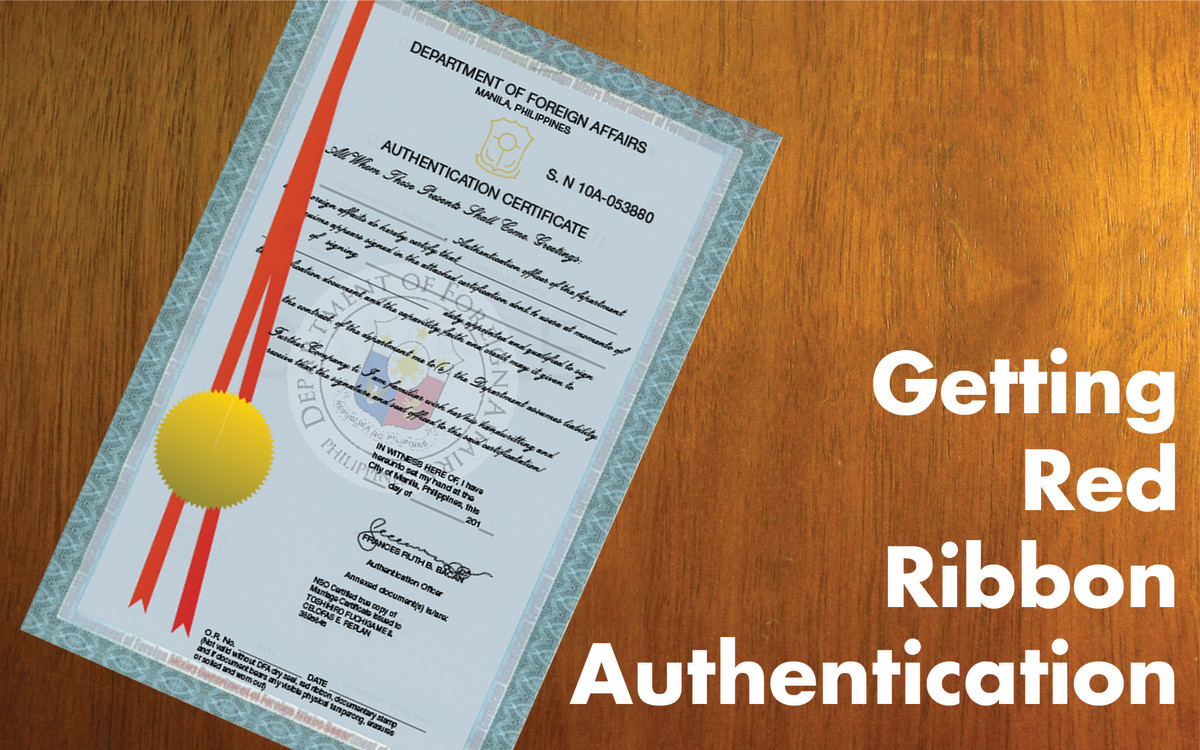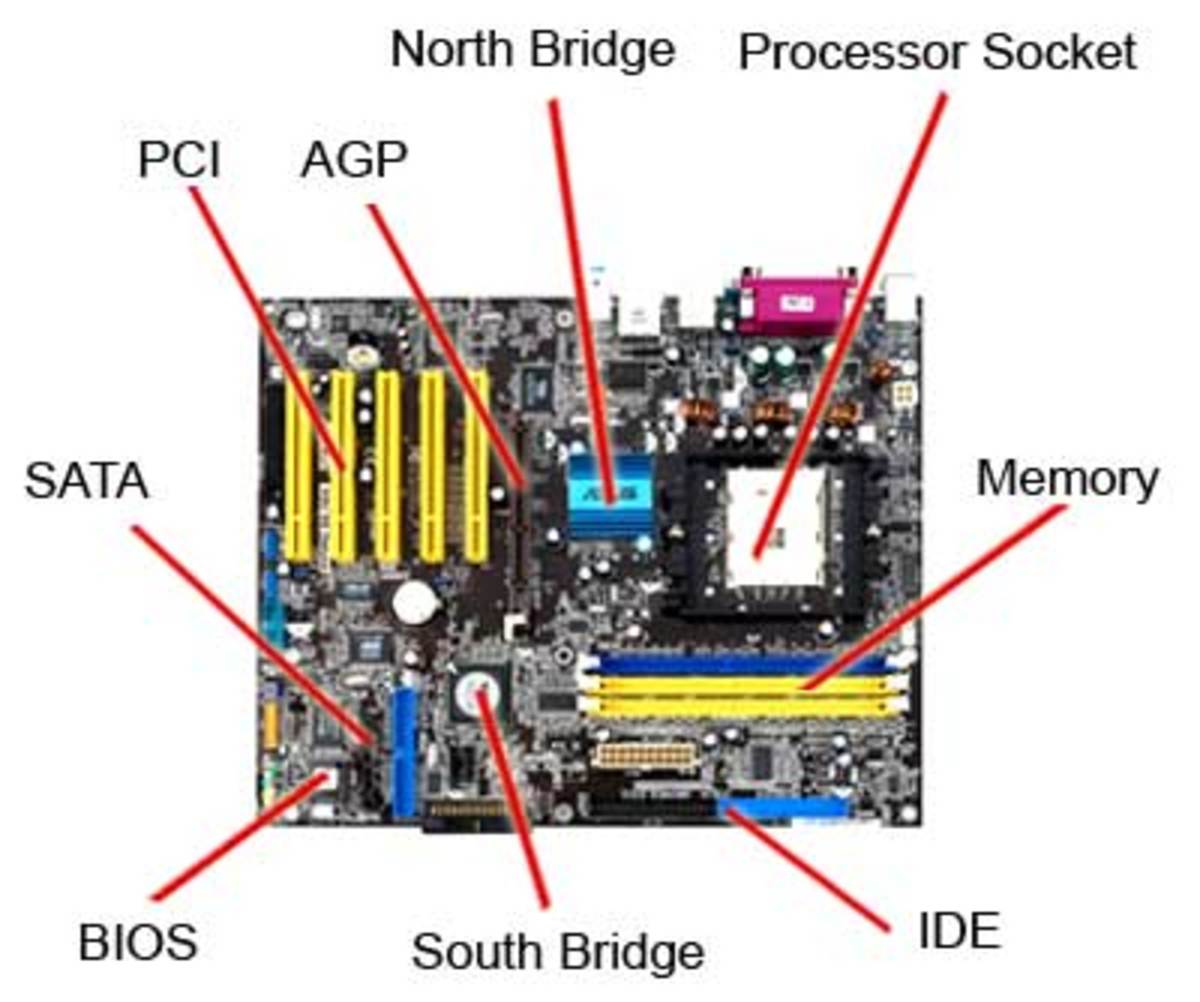5 Key Things You Need to Plan Your Software Project

Software projects are often characterized by three things: mega tight deadlines, a high degree of novelty, and a much higher degree of complexity, which is often strengthened further by the rapid technological changes in the industry. While notorious for having very high failure rates, the planning phase of software projects continues to be overlooked mainly because entrepreneurs are almost always tempted to rush into development without a sound and solid plan. And what does this result in? Miscommunication, delays, poor results, and unnecessary costs.
Whether you're building the next great software product or just a simple mobile app, when you start working on one, it's imperative that you establish five things: scope, requirements, specifications, budget, and timeline. Now, let’s dive right into it.
SCOPE
As in any endeavor in life, the first step is always determining the scope of the project. Having a clear idea of what you’re trying to build and identifying the problem you’re trying to solve is key. Skip this, and you’re guaranteed to waste a lot of time and money.
REQUIREMENTS
Any software project must have requirements that define the necessary objectives. These are instructions that describe what functions the software is expected to provide, what characteristics it’s supposed to have, and what goals it’s meant to meet. Documents-wise, the requirements describe what the project must accomplish and how it should be created and implemented. A general set would include documents explaining the what (actual requirements for the project) and the how (the rules for creating and developing it).
SPECIFICATIONS
Specifications, on the other hand, define how to meet your objectives. What usually starts out as a discussion of a particular point or issue ultimately generates a body of information that will guide engineers, project developers, and designers throughout the creation process. Documents-wise, the specifications describe how the project must be done.
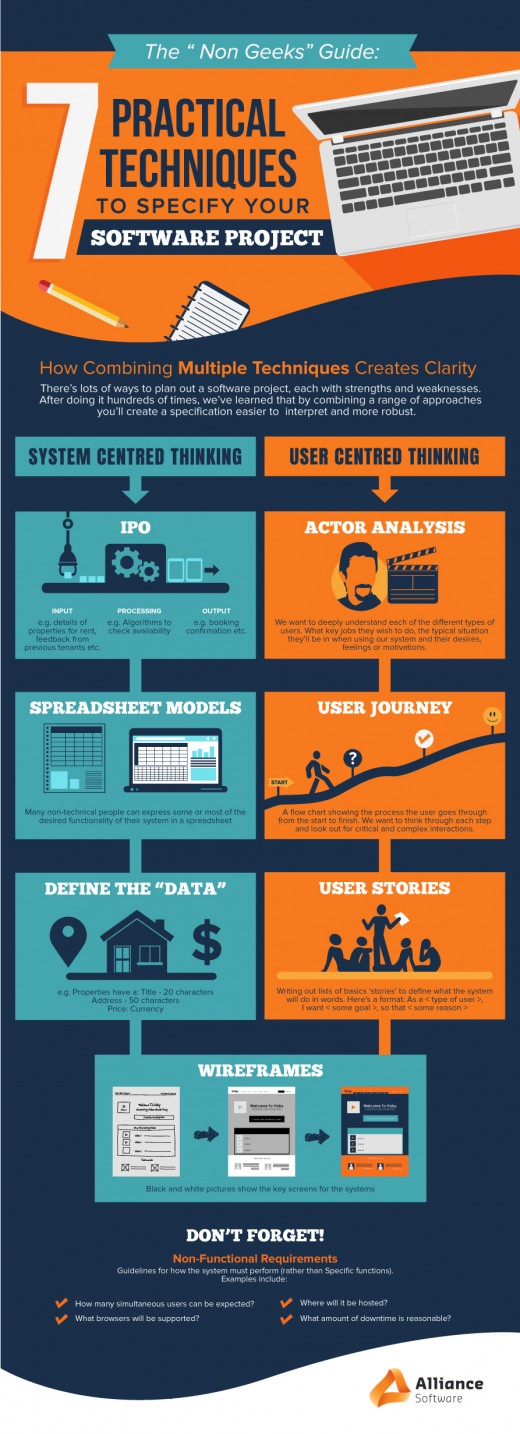
This may go as far detailed as listing out possible error states along with the error messages that should be displayed. Your specifications may also take several forms—from a straight-up list of functional attributes, to diagrams of flow logic, down to mockups and prototypes.
When reviewing both your requirements and specifications, remember CART:
- Are they complete and compatible?
- Are they achievable?
- Are they reasonable?
- Are they testable?
BUDGET
Your list of requirements and specifications will make things easier for your software developers as they come up with a rough estimate. While it’s too early to get a precise quote for your software project, this information can give you an idea of the amount of time and money required for completion.
TIMELINE
Ah, the beating heart of every software project! Creating a timeline gets to the essence of what your project will achieve and how it will be realized. Create an accurate one, and you’ll get practically any project off on the right foot.
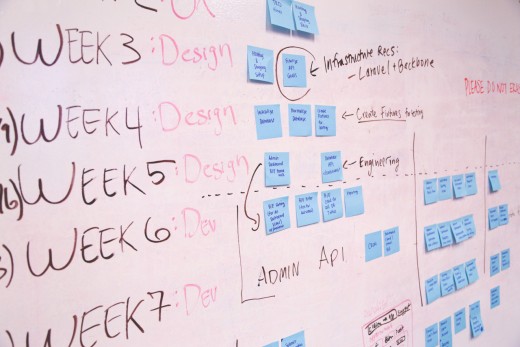
Your timeline’s structure naturally depends on the nature of your project. It can be extremely long and detailed with infinite numbers and levels of tasks and subtasks or it can be simple with only a few deadlines and deliverables. Regardless of how you think it must be put together, make sure that your timeline highlights:
- The list of tasks to be worked on
- The dates for task completion
- Each task’s start and expected duration
- Dependencies/Relationships between tasks
Just Go For It!
While software projects are generally confronted with a high level of uncertainty, it’s always important to have a solid plan. Sure, it’s impossible to come up with an elaborate one before you actually start building your project but the effort you put into developing the plan is valuable all the same.
And while project plans do evolve a lot during the development stage, writing everything down at the beginning is your first step to making sure that you and your development team are on the same page.
Key Takeaways
- The number one reason for the very hight failure rates is poor planning.
- Your software project plan needs five key things: scope, requirements, specifications, budget and timeline.
- Project requirements refer to your objectives while project specifications spell out the steps you need to take to achieve them.
- To review both your requirements and specifications, check for compatibility, achievability, reasonableness and testability.
- Project timelines will help you visualize the big picture.

